It may do more for heart health than joint pain.
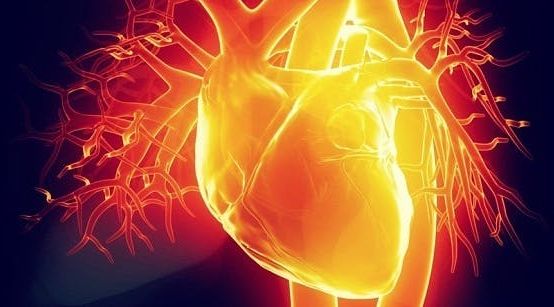

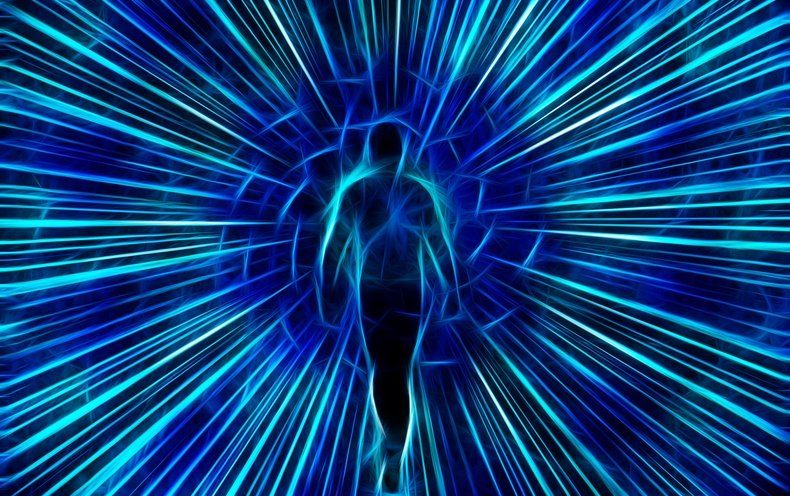

Stressful life events most likely contribute to autoimmune diseases, but scientists don’t have a deep understanding of the underlying chain of events. A study on mice published this week in mSystems suggests that the gut microbiota may play a significant role in that connection. Researchers found that the onset of stress caused changes in the intestinal bacteria that, in turn, stimulated the activity of immune cells in a way that increased the likelihood that the body would a…
Chronic social stress in mice induces the expression of virulent genes in the gut microbiota. The altered microbiota increases the presence of effector T helper cells in the lymph nodes and induces myelin autoreactive cells. Exposure to chronic stress, therefore, may increase the risk of developing autoimmune diseases for some individuals with a susceptibility.
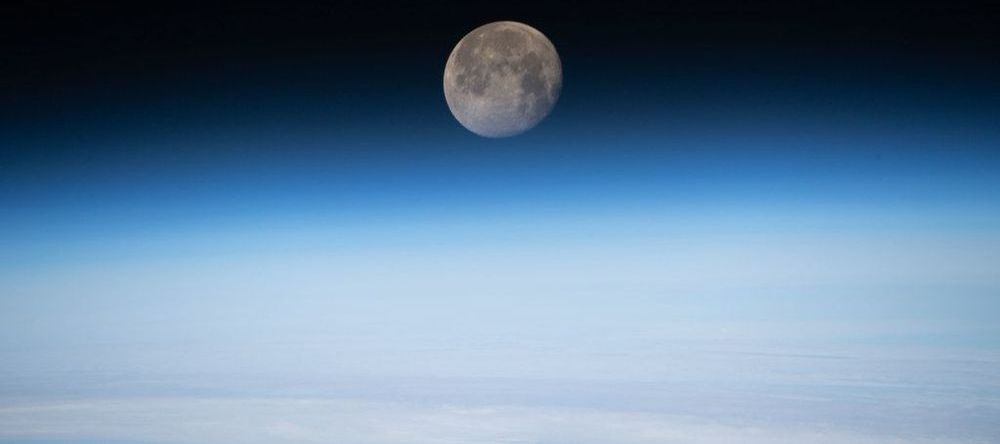

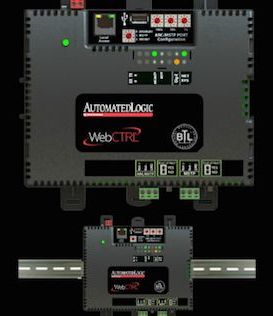

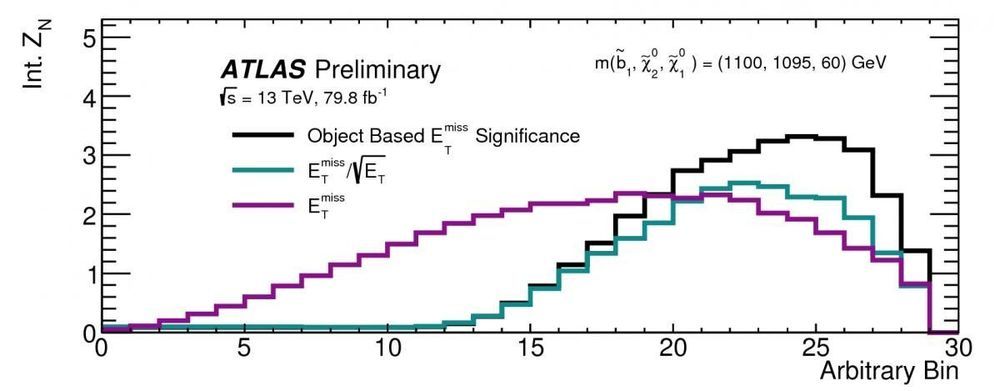
Dark matter is an unknown type of matter present in the universe that could be of particle origin. One of the most complete theoretical frameworks that includes a dark matter candidate is supersymmetry. Many supersymmetric models predict the existence of a new stable, invisible particle called the lightest supersymmetric particle (LSP), which has the right properties to be a dark matter particle.
The ATLAS Collaboration at CERN has recently reported two new results on searches for an LSP that exploited the experiment’s full Run 2 data sample taken at 13 TeV proton-proton collision energy. The analyses looked for the pair production of two heavy supersymmetric particles, each of which decays to observable Standard Model particles and an LSP in the detector.

A new finding puts the half-life of xenon 124 close to 18 sextillion years.
That’s 18,000,000,000,000,000,000,000.
Existing theory predicts the isotope’s radioactive decay has a half-life that surpasses the age of the universe “by many orders of magnitude,” but no evidence of the process has appeared until now.
A googolplex is 1010^100, where the exponents are solved from the right. The exponentiation symbol (^) means the number just to the left multiplied by the left number’s self the number just to the right number of times. If the left number is 10, that means 1 followed by the right number of zeros. That is 10googol=1010,000,000,000,000,000,000,000,000,000,000,000,000,000,000,000,000,000. So the answer to your question is a-googolplex-and-1=(1010^100)+1.